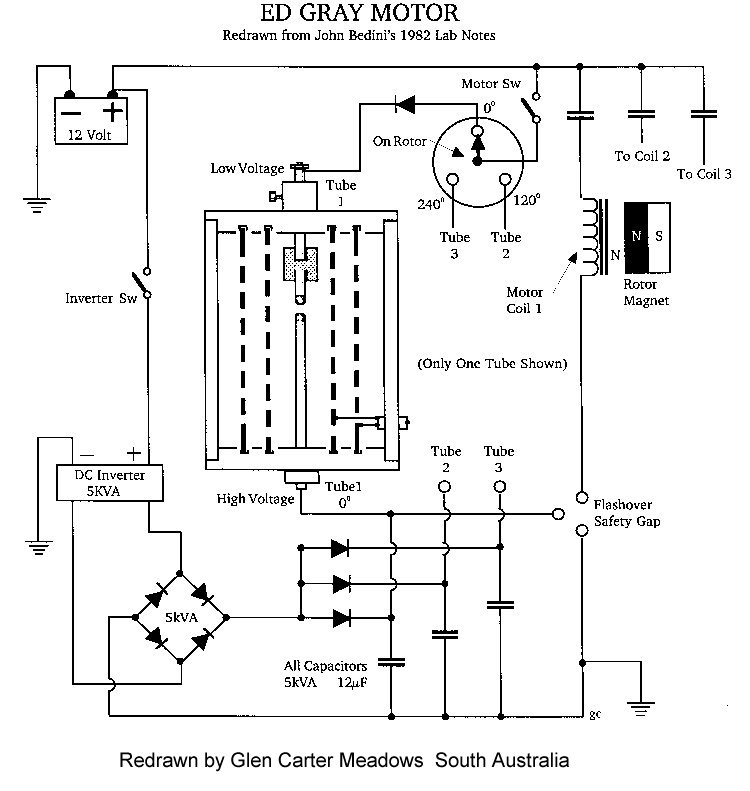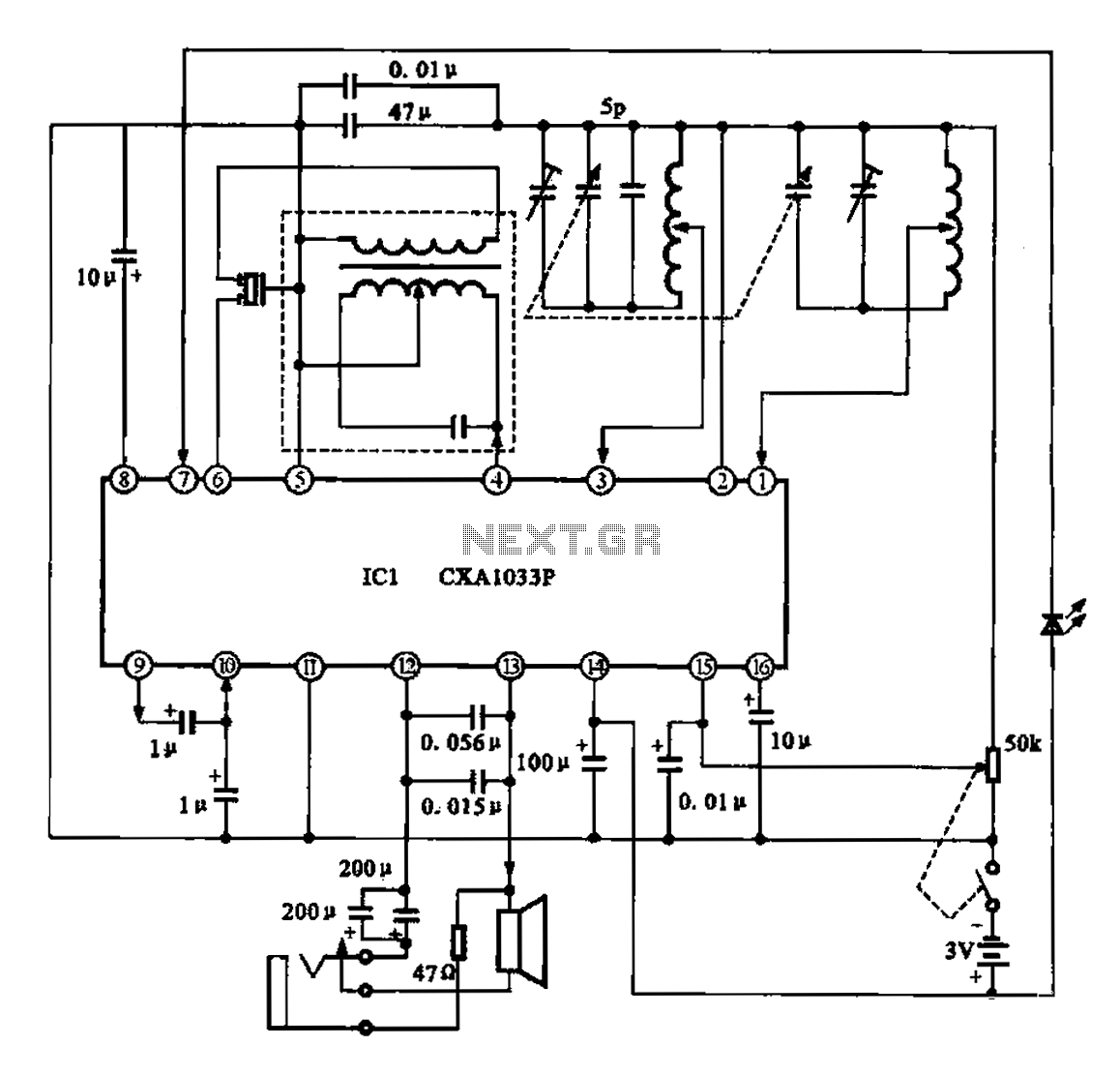
Metronome Generator Circuit using NE555

This weblog focuses on electronic circuit schematics, PCB design, DIY kits, and diagrams for electronic projects. A simple circuit utilizing the NE555 IC is presented, which can be employed to generate metronomes. This circuit is particularly beneficial for music learners. The configuration is an astable multivibrator using the NE555 IC, with components R1, R2, and C1 determining the frequency of the output.
The NE555 timer IC is a versatile component widely used in various applications, including timing, pulse generation, and oscillator circuits. In the astable multivibrator configuration, the NE555 operates continuously, switching between its high and low states, which results in a square wave output. This output can be used as a metronome, providing a consistent beat for musical practice.
The frequency of oscillation, which dictates the tempo of the metronome, is determined by the resistor values R1 and R2, as well as the capacitor C1. The formula for calculating the frequency (f) of the output signal in an astable configuration is given by:
f = 1.44 / ((R1 + 2 * R2) * C1)
In this equation, R1 is connected between the supply voltage and the discharge pin (pin 7) of the NE555, while R2 connects from pin 7 to the threshold pin (pin 6). The capacitor C1 is connected between pin 6 and ground. Adjusting the values of R1, R2, and C1 allows for fine-tuning of the output frequency to suit the needs of the user.
For practical implementation, the circuit typically includes a power supply, the NE555 IC, resistors R1 and R2, capacitor C1, and output components such as a piezo buzzer or LED indicator to provide audible or visual feedback. The circuit can be easily assembled on a breadboard or a printed circuit board (PCB) for more permanent applications. This simple yet effective metronome circuit serves as an excellent project for electronics enthusiasts and music learners alike.Welcome to the weblog where we discuss about electronic circuits schematics, PCB design, diy kits and electronic projects diagrams. Here is a simple circuit with NE555 IC that can be used to generate metronomes. Such circuit is very useful for those who learn music. The circuit is simply an astable multivibrator NE555 cable around. The components R1, R2 and C1 determine the frequency 🔗 External reference
The NE555 timer IC is a versatile component widely used in various applications, including timing, pulse generation, and oscillator circuits. In the astable multivibrator configuration, the NE555 operates continuously, switching between its high and low states, which results in a square wave output. This output can be used as a metronome, providing a consistent beat for musical practice.
The frequency of oscillation, which dictates the tempo of the metronome, is determined by the resistor values R1 and R2, as well as the capacitor C1. The formula for calculating the frequency (f) of the output signal in an astable configuration is given by:
f = 1.44 / ((R1 + 2 * R2) * C1)
In this equation, R1 is connected between the supply voltage and the discharge pin (pin 7) of the NE555, while R2 connects from pin 7 to the threshold pin (pin 6). The capacitor C1 is connected between pin 6 and ground. Adjusting the values of R1, R2, and C1 allows for fine-tuning of the output frequency to suit the needs of the user.
For practical implementation, the circuit typically includes a power supply, the NE555 IC, resistors R1 and R2, capacitor C1, and output components such as a piezo buzzer or LED indicator to provide audible or visual feedback. The circuit can be easily assembled on a breadboard or a printed circuit board (PCB) for more permanent applications. This simple yet effective metronome circuit serves as an excellent project for electronics enthusiasts and music learners alike.Welcome to the weblog where we discuss about electronic circuits schematics, PCB design, diy kits and electronic projects diagrams. Here is a simple circuit with NE555 IC that can be used to generate metronomes. Such circuit is very useful for those who learn music. The circuit is simply an astable multivibrator NE555 cable around. The components R1, R2 and C1 determine the frequency 🔗 External reference





